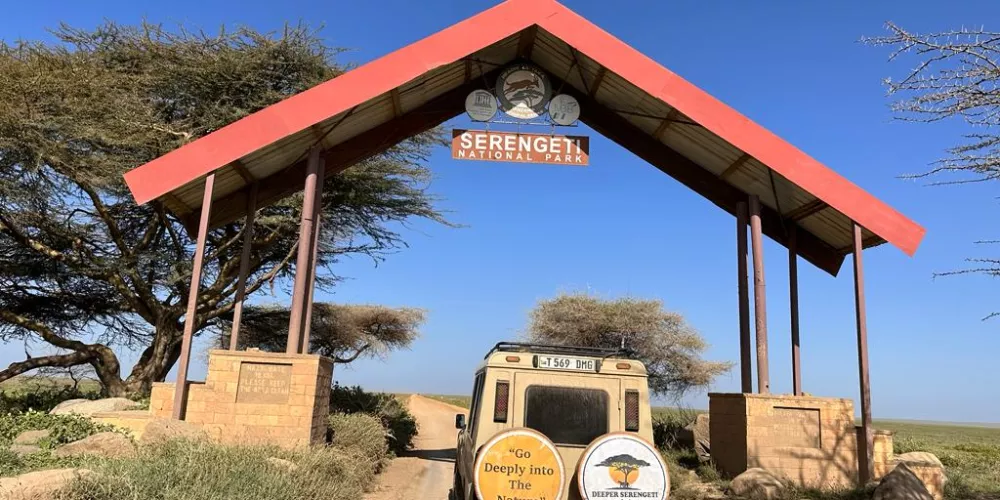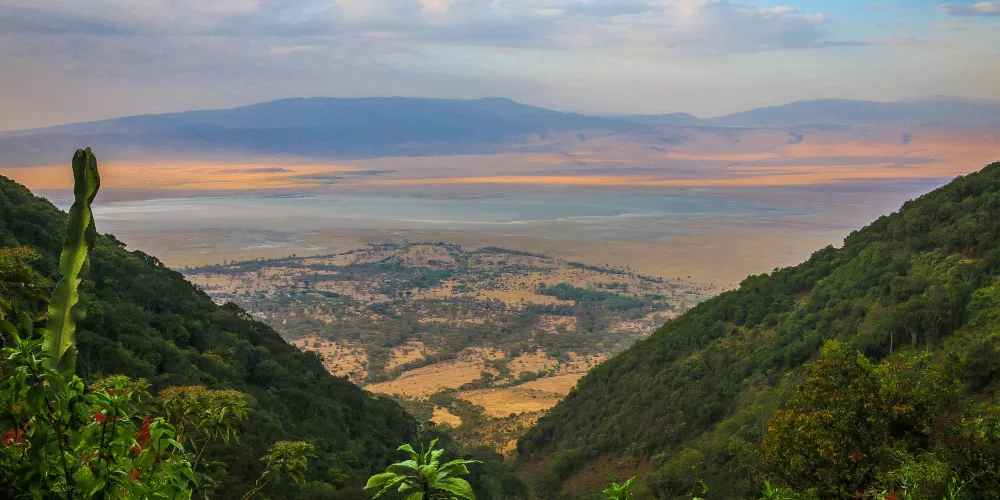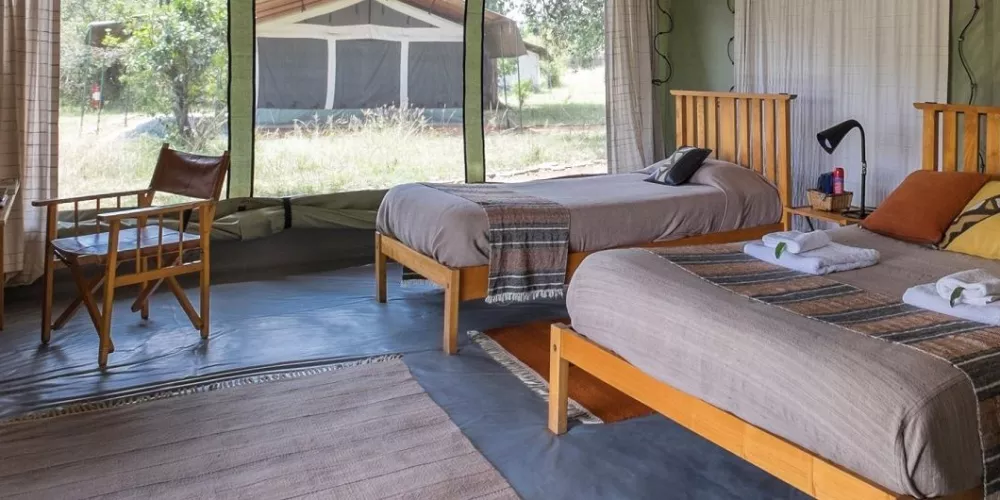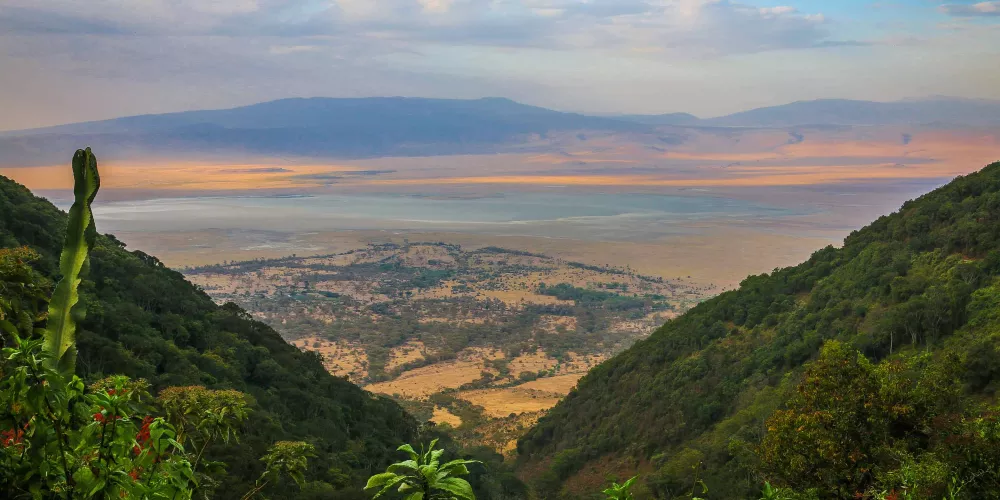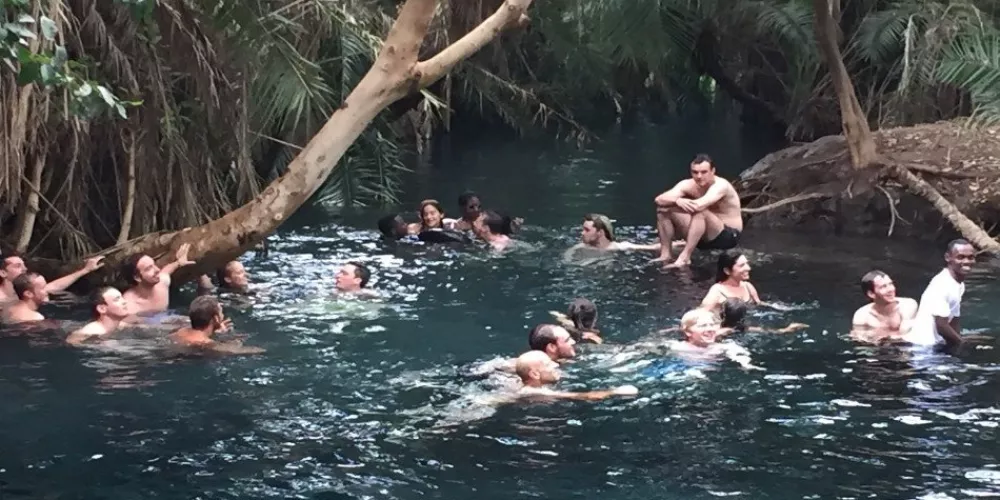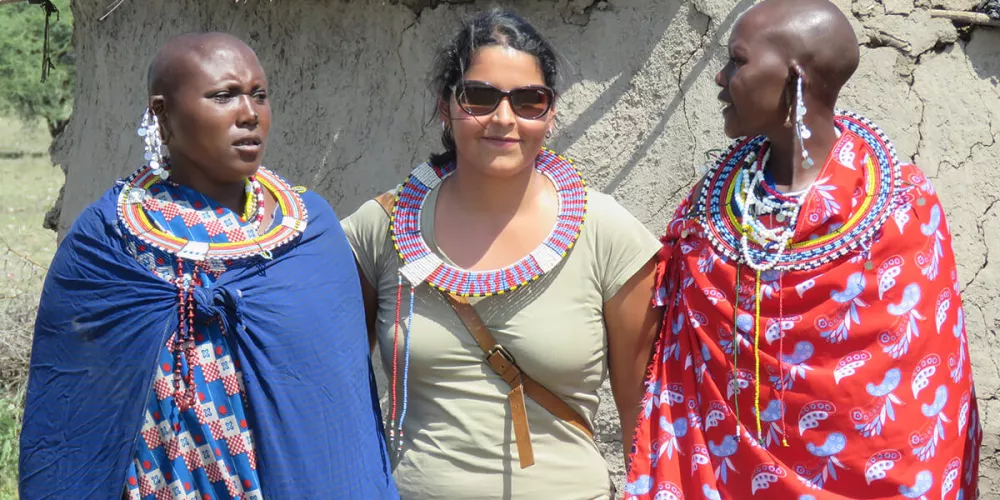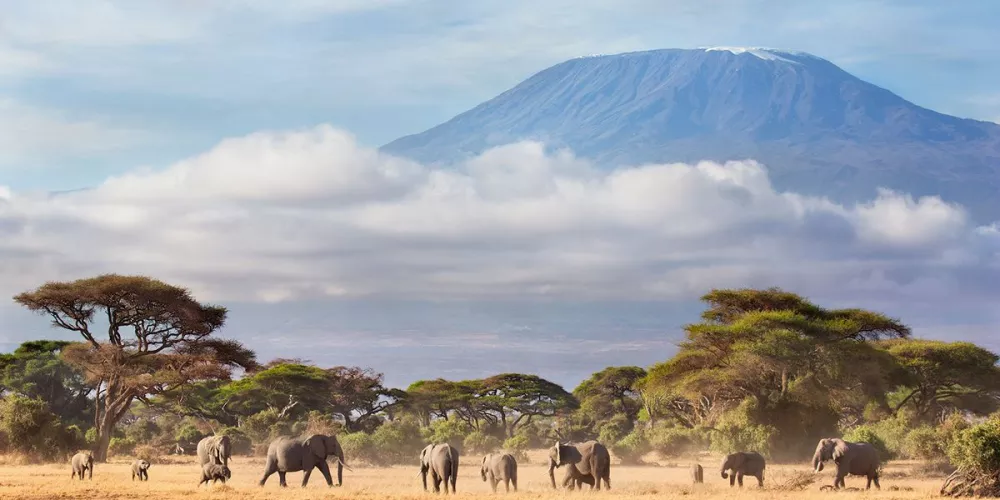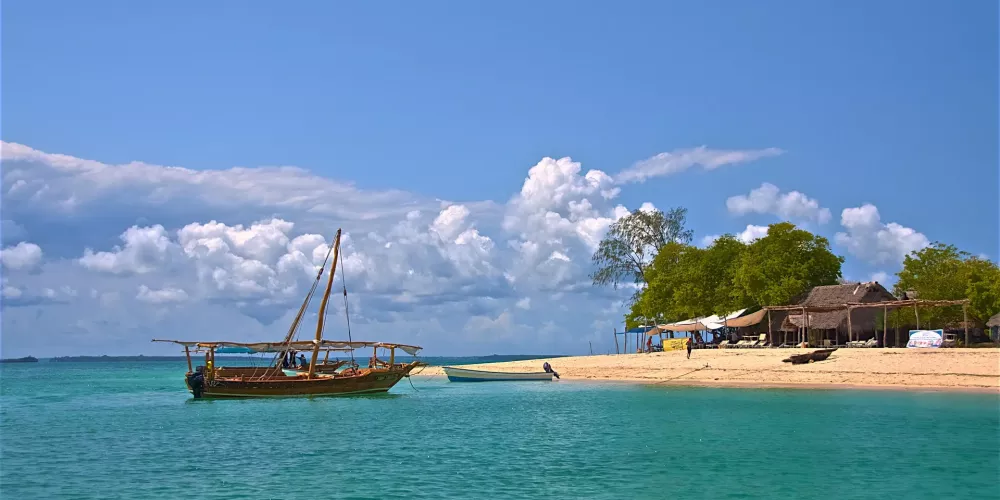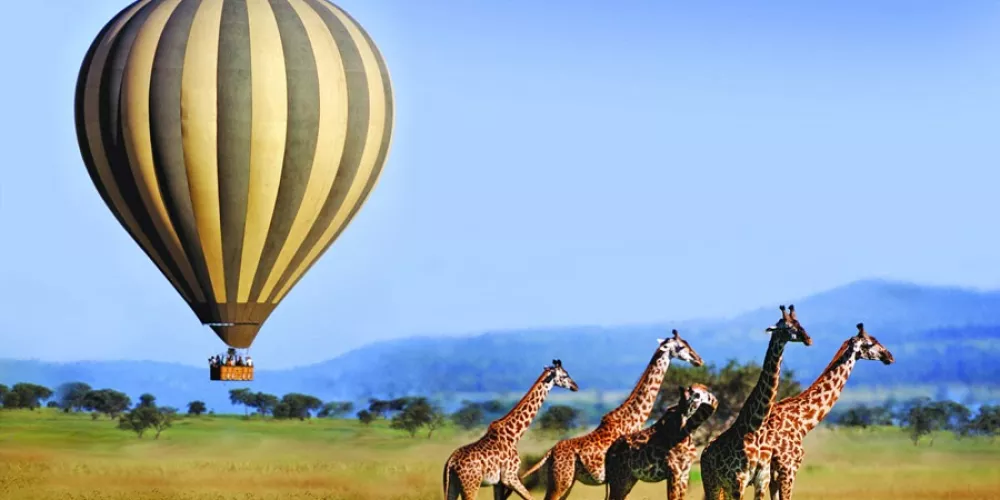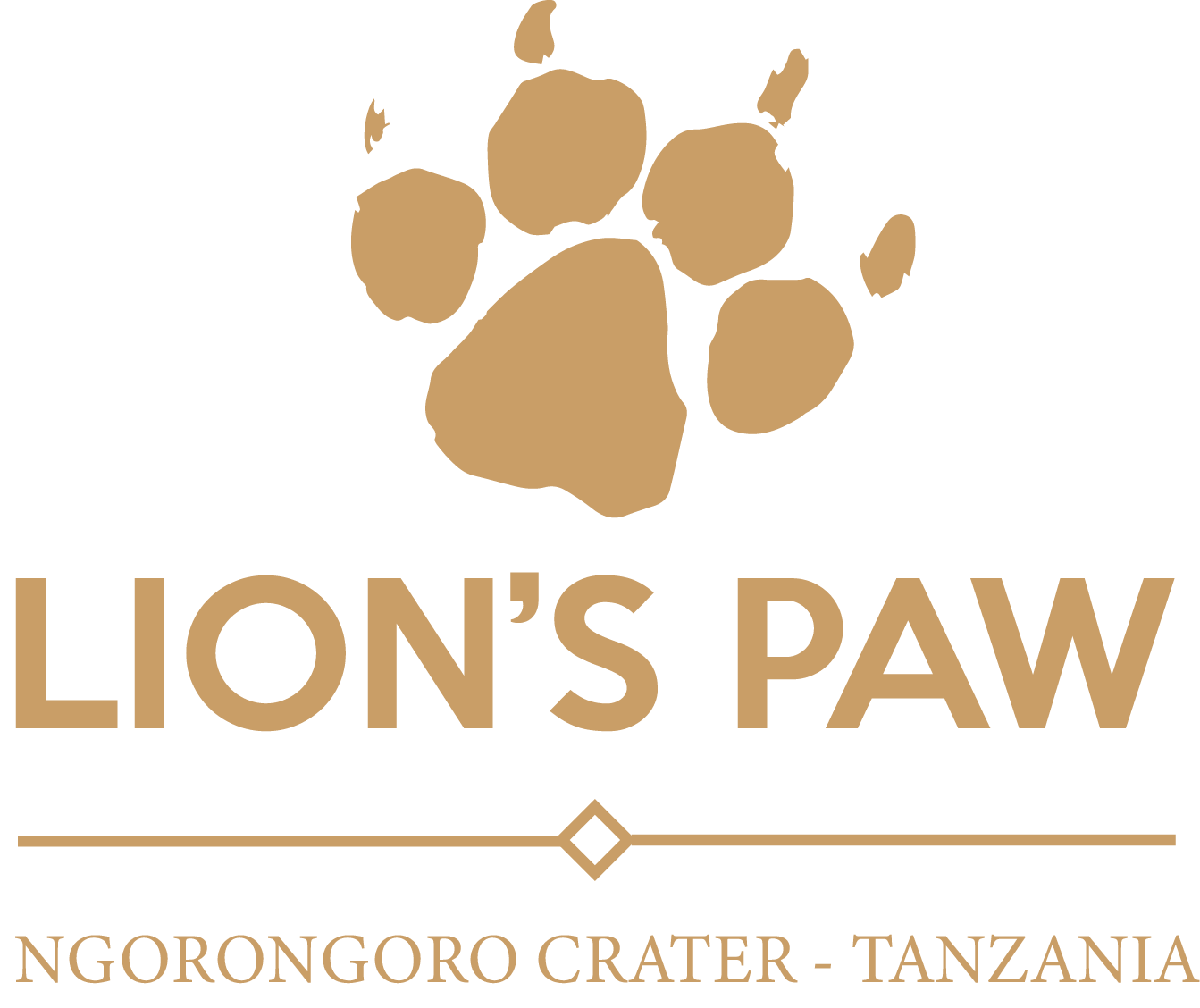
luck
Tour ExpertSerengeti National Park's Geology
The geology of the Serengeti ecosystem comprises a high interior plateau, rendering picturesque scenes of stunning landscapes and wildlife!
It drops from its highest domains in the highlands of craters at an altitude of 3,636 meters towards the Speke Gulf on Lake Victoria at 920 meters above sea level.
The geology of the Serengeti highlands is the outcome of volcanic activity related to plate tectonics in the Gregory Rift Valley. The site still has one active volcano—the Ol Doinyo Lengai—meaning ‘Mountain of God’ in the local Maasai language.
In this article, you’re going to learn all about the geology of Serengeti National Park, including the famous word Kopje, soil and volcanic history, mountains and hills, the Serengeti rivers, and more!
Kopjes—pronounced as kop-eez, are ancient crystalline rocks that spur through recent soils and rocks’ surfaces. These stones give rise to the black clay soils, which are impossible to drive over, including the granite gneiss (eyes) and the light-colored sandy soils.
You can find these old rocks beneath the layers of volcanic ash and rocks that form the soil of Serengeti National Park. A giant liquid granite bubble forced its way up from the molten rock below the crust of the earth and into the Tanganyika Shield in the late Precambrian period.
The granite is broken by repeated cooling and heating under the African sun and weathered into fascinating shapes by the wind. Most Kopjes possess round boulders on them or are round themselves.
Kopjes are frequently referred to as islands in a sea of grass and are the most distinctive components of the Serengeti National Park’s landscape. So be sure to call them that when cruising the African plains of the Serengeti.
Furthermore, these ancient stones serve as home to many wildlife species, such as lions, cheetahs, leopards, and more, which can be found lazing on top of them, giving them a better view of the surroundings.
An interesting part of the geology of Serengeti National Park is its soil and volcanic history. To start, Africa is such an old continent. According to a source, it’s been called the Mother of all Continents, as it is the oldest occupied continent—much older than Europe and North America.
You can have a good view of this as you arrive at Kilimanjaro International Airport.
Furthermore, due to millions of years of weathering, the mountains have flattened and turned Africa into a string of endless rolling hills and Serengeti plains—except for the East African rift system.
The East African Rift is the site wherein two tectonic plates move away from each other, resulting in cracks and creating both the Rift Valley and the volcanoes on each side of it. These volcanoes are relatively young and have erupted, covering the eastern plains of the Serengeti National Park with volcanic ash and other large particles.
Mount Kilimanjaro, Mount Meru, and Mount Kenya are some of the best representatives of the rift volcanoes. Although the Ngorongoro crater seems like an extinct volcano, the Tanzanian geological survey stated that it never exploded, unlike its neighbors.
The volcanic ash that erupted in the Serengeti plains created nutrient-rich soils containing sodium, calcium, potassium, and varied salt types. The soil here is shallow, forming a calcareous hardpan known as caliche.
During the regional rainfall patterns, the salts drift off and wash down into the soil. The soil in the Serengeti National Park then gets deeper where the hardpan disappears into the woodlands and northern Tanzania plains due to more rain and less calcium.
The Serengeti plains reveal a prominent westward slope, with decreasing elevations at approximately 1,850 meters near the Ngorongoro highlands and less than 1,000 meters to Lake Victoria—the only permanently flowing river in the ecosystem of the Serengeti. Nevertheless, bands of hills rise steeply from this moderately flat landscape.
One band constitutes the north-eastern Serengeti boundary in the woodlands, going north from Grumechen to Kuko, then merging at the Loita Hills in Kenya. The Gol Mountains grow from the Serengeti Plains’ east park.
However, the most notable landforms are linked with the East African Rift System, or EARS—particularly the eastern branch, or Gregory Rift, a fairly recent geological phenomenon comprising intensive volcanism.
The Gregory Rift Valley is a narrow, linear, down-faulted component fringed by massive ridges with chains of primarily shallow, ribbon-shaped, alkaline lakes.
The Serengeti rivers
The geology of the Serengeti comprises vast plains that are between 1,600 and 1,800 meters above sea level, with several surrounding rivers. The Serengeti Rivers are famous for their wildebeest crossing the rocky river beds during the great migration, which is a fantastic sight to behold.
The Mara River, for example, flows in the north from the Mau forests into the Kenyan highlands, then southwards through the Masai Mara, next to the west through the northern Serengeti, then out through the great Masarua Marshes, and finally into Lake Victoria at Musoma.
It sustains the lush riverine forests on its banks in the Mara and its significant branches in the Serengeti. Parallel catchments of the Grumeti and Mbalaget Rivers can also be found south of Mara, forming the Serengeti National Park’s western corridor.
Serengeti habitat and landscape
The material under the earth in the Serengeti is comprised of volcanic soils, which means that the soil nutrient levels here are high. This has led to high soil fertility and is said to be a major contributor to the grassland plains.
Why does the Serengeti have no trees?
The hard layers of volcanic material and sedimentary rocks prevent trees from thriving in the soil.
What is special about Serengeti National Park
The Serengeti is home to the Great Wildebeest Migration, an annual migration that consists of hundreds of thousands of wildebeest herds that move through Tanzania in search of fresh water and food.
How are kopjes formed?
Kopjes are formed when the granite layers are exposed after the layers of ash and volcanic soil are removed from an area within the Serengeti. Kopjes are one of the distinctive geological features of the Serengeti, and the granite layers date back over 450 million years.
What is the biodiversity of the Serengeti?
The Serengeti has a large biological diversity and is abundant in wildlife. There are at least four endangered animal species within this Tanzanian national park, including the black rhino.
Getting you there
The national parks, reserves, and conservation sites of central and southern Kenya and northern Tanzania reveal an expansive range of geological terranes with distinctive features that will blow your mind.
The regional plateaus are also typical of East Africa, like the Serengeti and Tsavo Plains, underlain by some of the oldest stones on Earth.
If you’re planning to explore the endless plains of the Serengeti and its geology yourself, you can book a trip with Easy Travel today! We can help craft an ideal tour for you so you’ll be able to witness the incomparable beauty of the wooded savannas and witness the migration of a whopping two million grazers, influenced mainly by rainfall patterns, without heavy planning on your part.
However, it’s best to note that the vast herds that concentrated for a pivotal period in the relatively arid eastern plains responded to recent geological events. Hence, it’s best to see them as soon as you can to experience the incredible Serengeti with your own eyes! Contact us today to start planning your experience of a lifetime.


